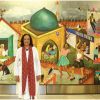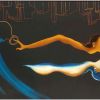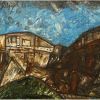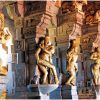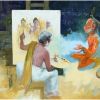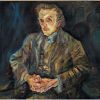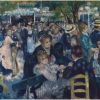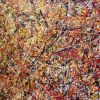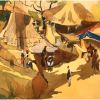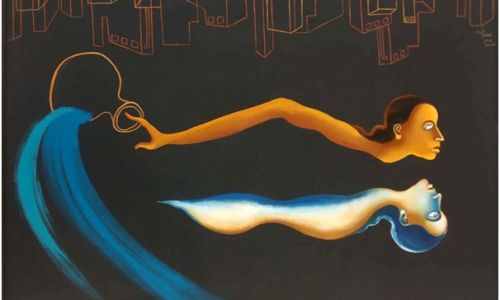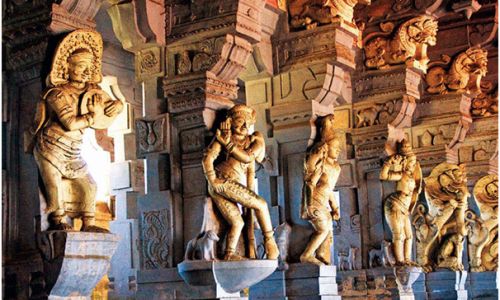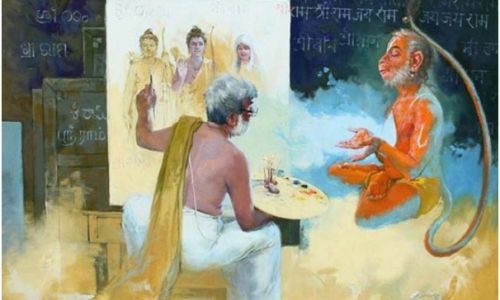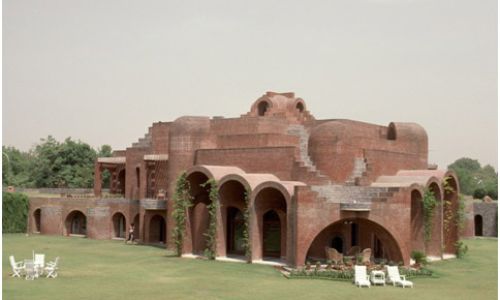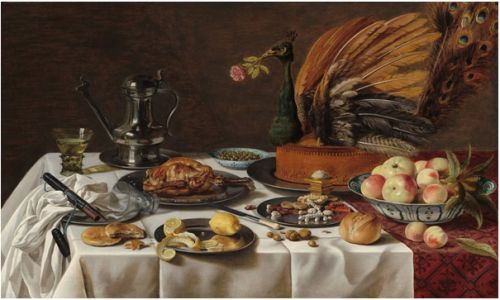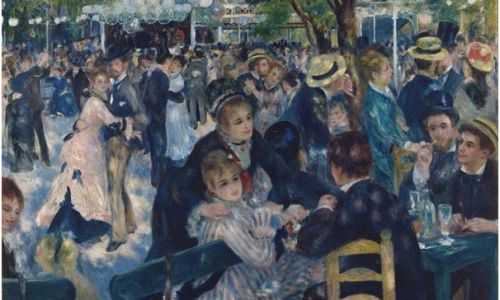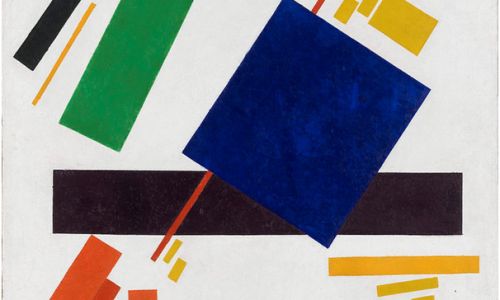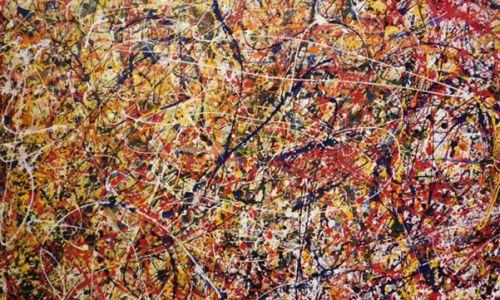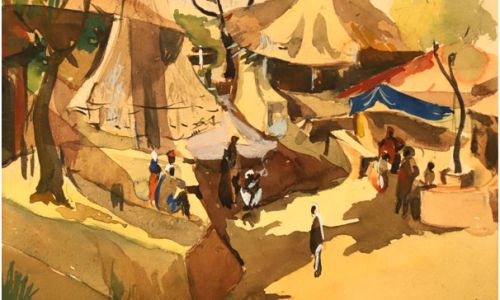Manga: the heart of pop culture
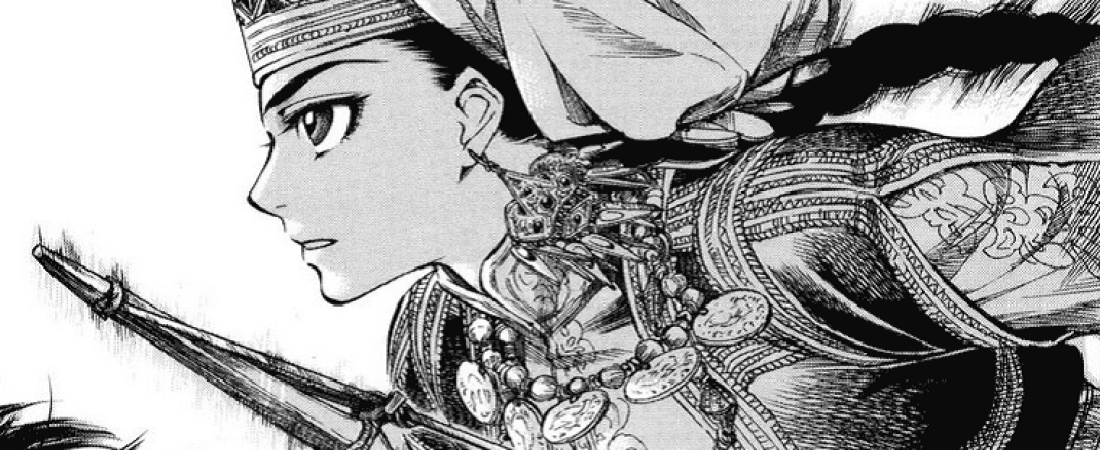
Manga are essentially comics or graphic novels created in Japan. It originated in the the late 19th century and has been a source of ephemeral entertainment to millions of people worldwide. The true essence of Manga can be understood through the words of the most celebrated Manga artist Osamu Tezuka. He is considered to be the “God of Manga”.“I don’t consider them pictures in reality I’m not drawing, I’m writing a story with a unique type of symbol’’, he comments.
When we look at the origins of Manga, most authors mention the painted narrative scrolls. Especially, the Animal Scrolls by the abbot Toba Sôjô (1053-1140), kept in the Kozanji shrine near Kyoto. It is a black and white piece of work which is a satire on the lives of aristocrats, warriors and priests under the guise of animals like frogs, rabbits, monkeys, and those animals which are not so dignified in the animal kingdom.
The world first got introduced to Manga when it entered the non-Japanese comic market in the countries like United States, Italy and France during the 1980s. Most of the sophisticated disliked it at the first sight as it seemed so foreign from the traditional Japanese culture as symbolised by the Confucian morality, Zen Gardens and mono no aware of the cherry blossoms. However, these “Japan lovers” overlooked the fact that the Japanese culture of samurai and aristocratic elites has always coexisted with the hedonist,and rebellious popular cultures of Japanese peasantry and townspeople, which makes much room for amusement, drama, tears, romance, and sex and did not bother about morality or “good taste”.
Only since the Meiji era (1868–1912) have the governing elites forced the values and aesthetics of aristocratic and warrior’s high culture upon the whole society and suppressed the popular oneswhich, of course, remained alive and well underneath the “politically correct” layer of the tea ceremonies, and stone gardens. This process of forcing an elitism upon national culture during the contemporary period, and the ensuing mix of high and popular cultures, seem to be rather peculiar to Japan.Manga is a by-product of this phenomenon as a genre where the most gifted samurai hero can fart, burp, get drunk, and crythat gives to many series an unmistakable and very attractive “politically incorrect” flavour. It has become a complex visual art form whose aesthetics have a world wide appeal and is also reaching the online community by circulating Manga in electronic formats, such as “scanlations.”
Manga series comes within a genre that are shōjo or shōnen in their orientation that targets female or male teenagers as their core readership. There are also subgenres that targetyoung adult women as well as works that strongly appeal to young adult males. The most popular genres includes mythology, fantasy and surrealism of everyday life (Dragon Ball, Kamichama Karin, Cardcaptor Sakura, Fullmetal Alchemist), historical representations (Sakuran, The Legend of Kamui), horror and supernatural (Ge Ge Ge no Kitarō, Devilman Lady), humour (Even a Monkey Can Draw Manga, Sarariiman) politics(Sanctuary, An AsianAmerican President), religion and spirituality (Buddha, The Phoenix), science fiction (Tetsuwan Atomu, Ghost in the Shell), Shojo &Joseiromanceand homo/hetrosexualities (Flowers and Bees, Third Girl, Hot Gimmick), sport, hobbies and competitive games (Break Shot, One-Pound Gospel, Tomorrow’s Joe) andwar (Space Battleship Yamoto, Chinmoku no Kantai). Manga is expanding its genres by developing and evolving as local creations with international readerships and further intercultural dimensions to understanding the reporting, even reinvention of traditional genres. The manga series have gained a new position by entering into anime-Japanese styled animation. The most popular one today are “Dragon Ball”, “Sailor Moon”, “Pokemon” and “One Piece”. The critically acclaimed works include “My Neighbour Totora” and “Spirited Away”.
The themes of Manga grapples with deep philosophical questions like to be or not to be, the nature of war, that is it to be a male or female, the essence of evil, the environment, and what it means to be human. Its contribution to the popular culture is fascinating because it essentially is a just like any comic book but whats uncommon is that it was never ignored or condemned and therefore remained the talk of the town. Manga did cause many moral panics amongst its readers because of its sexual and violent content but still the core of Manga is deep rooted in the Japanese philosophy of life.

